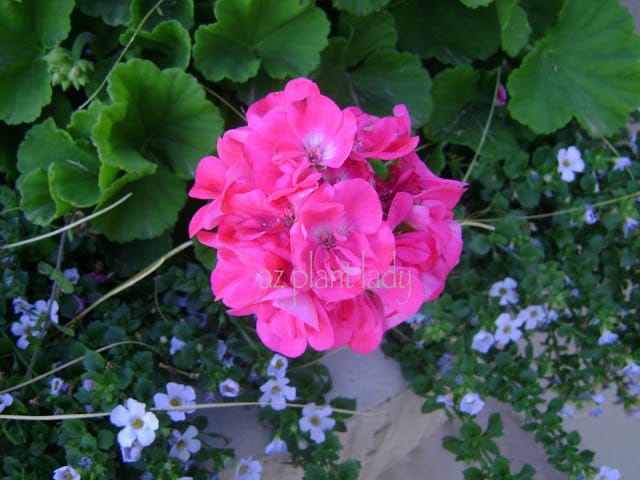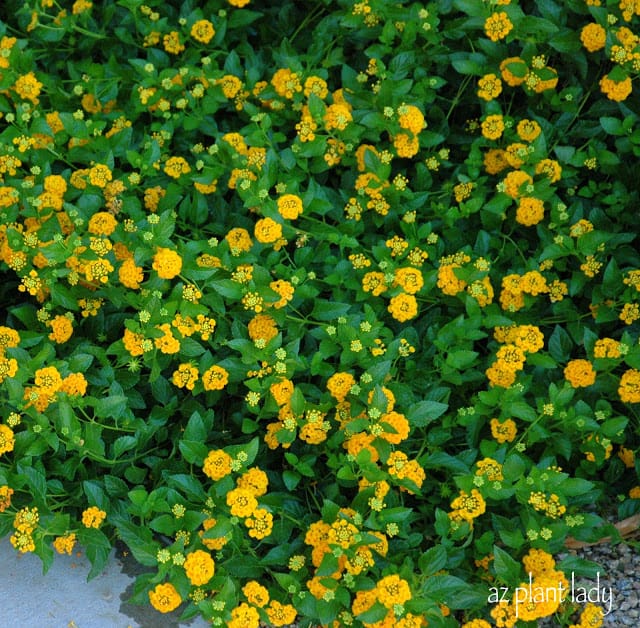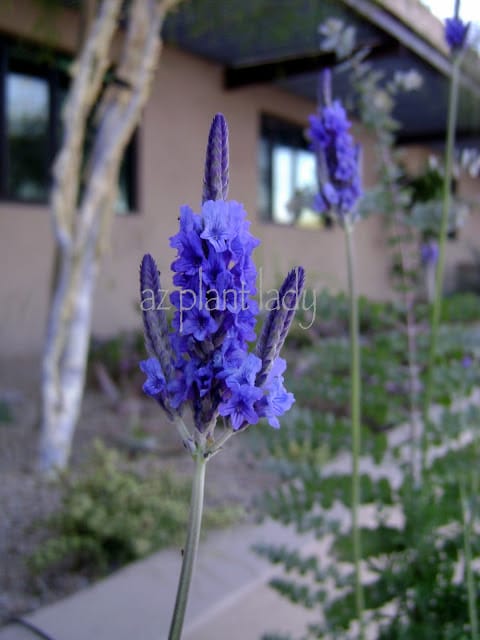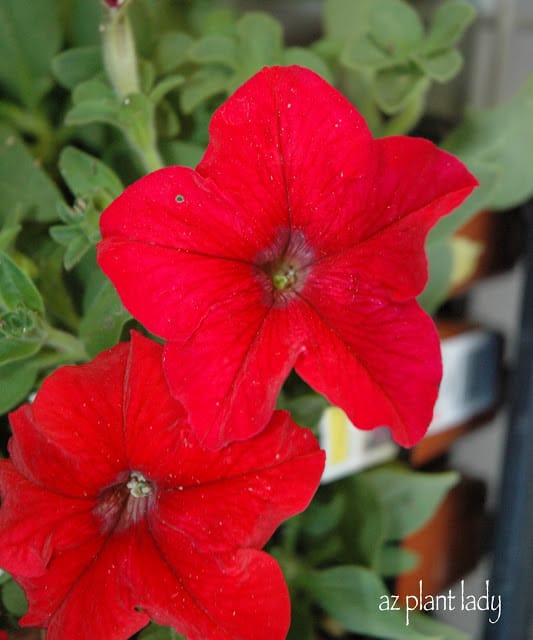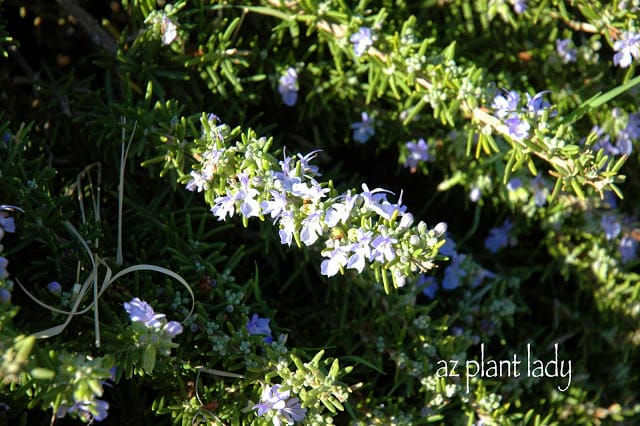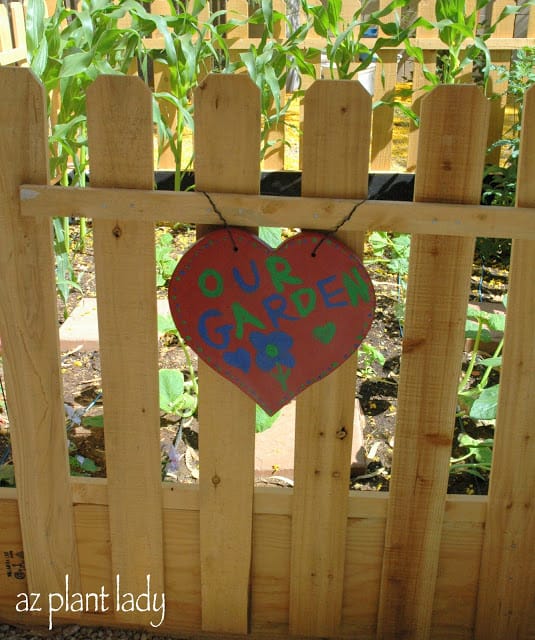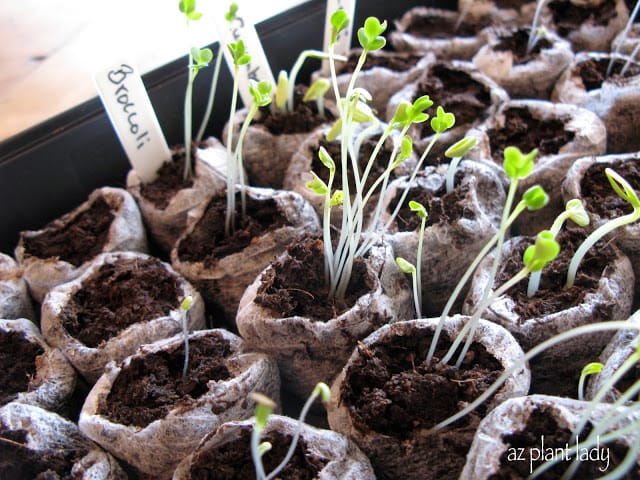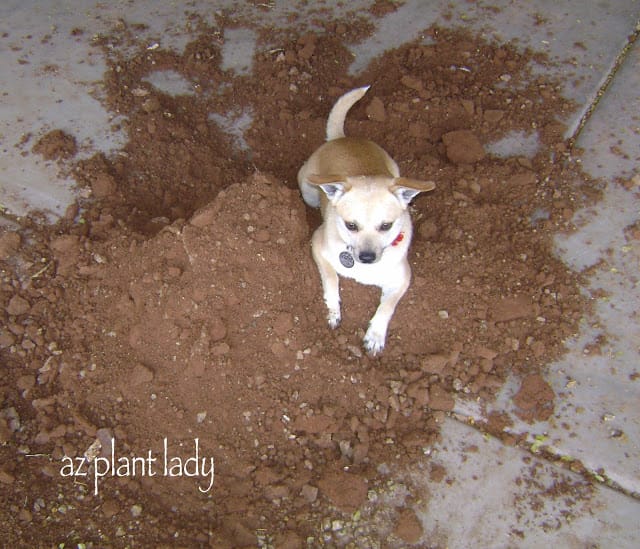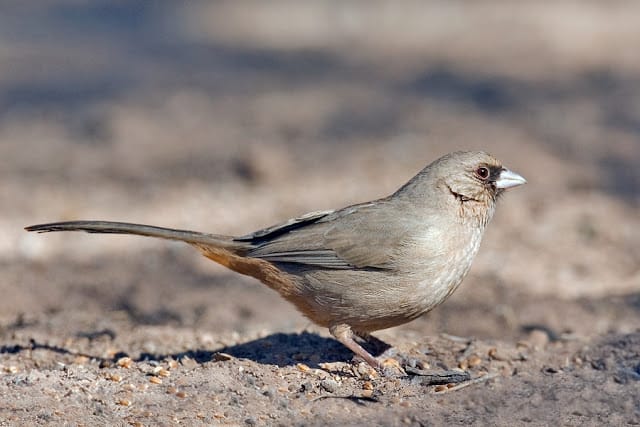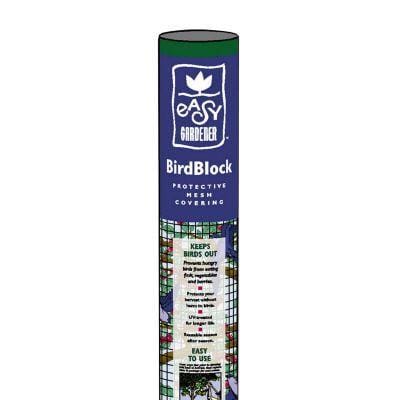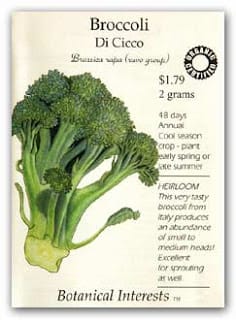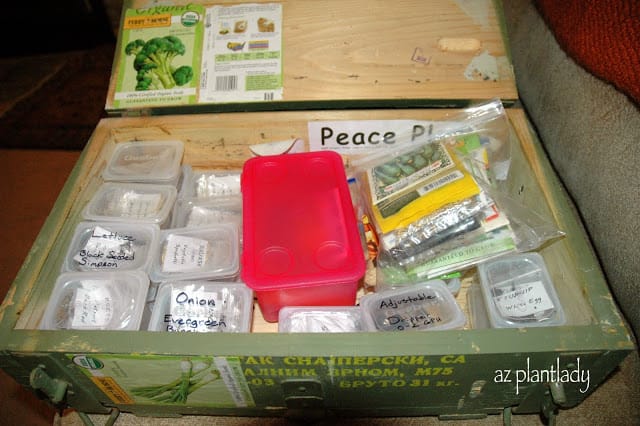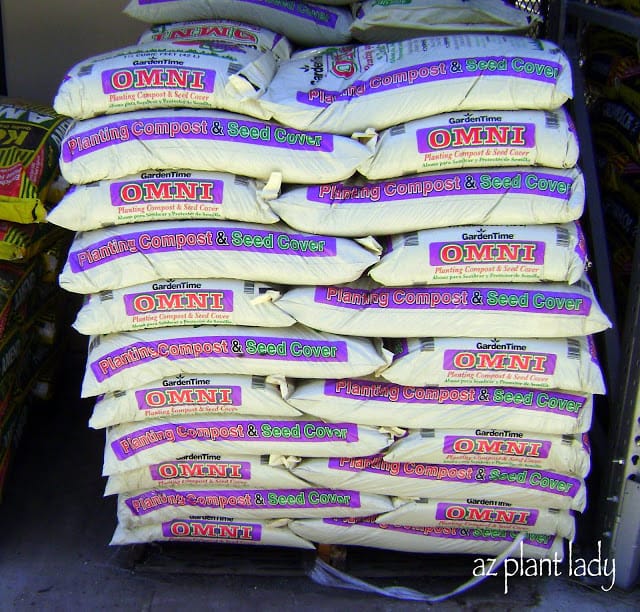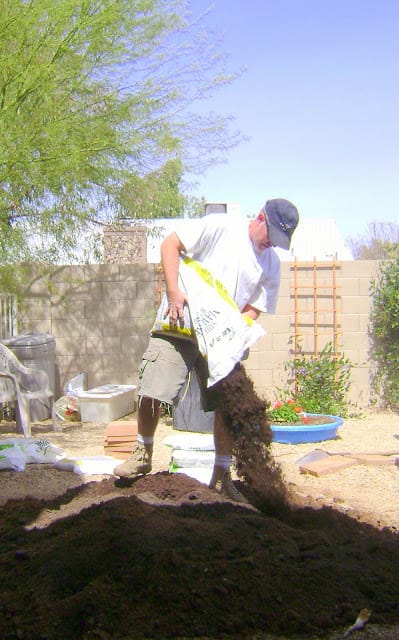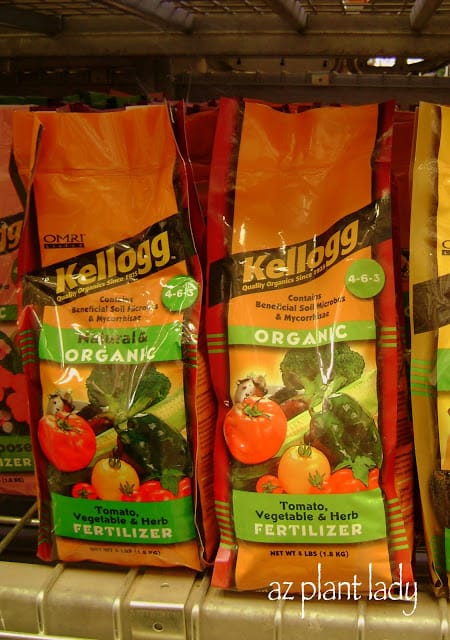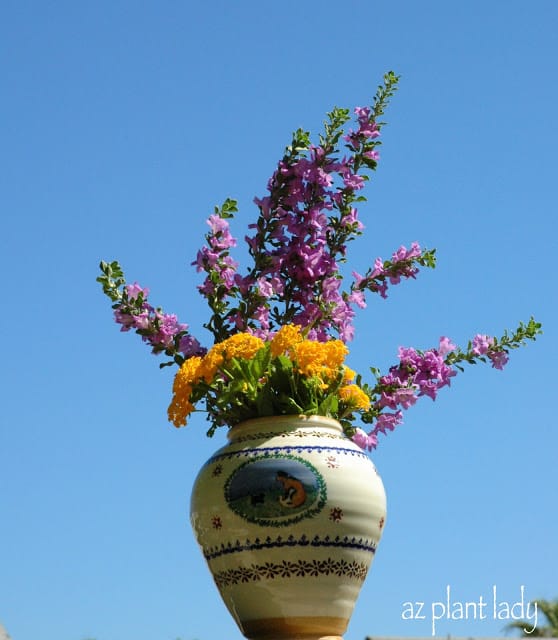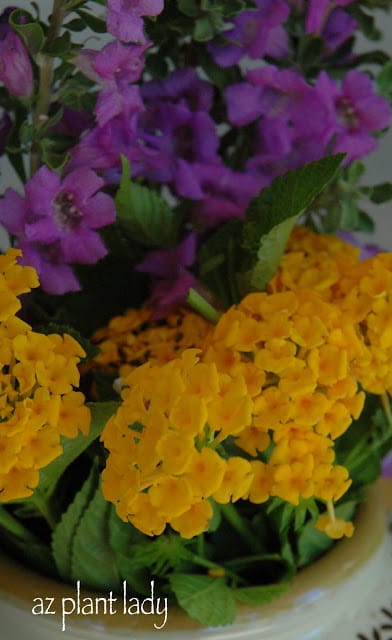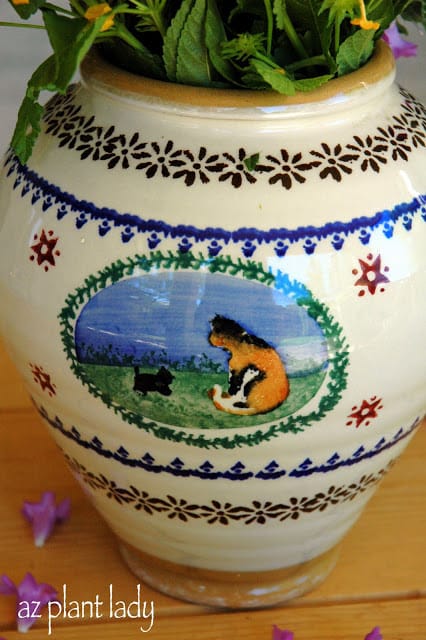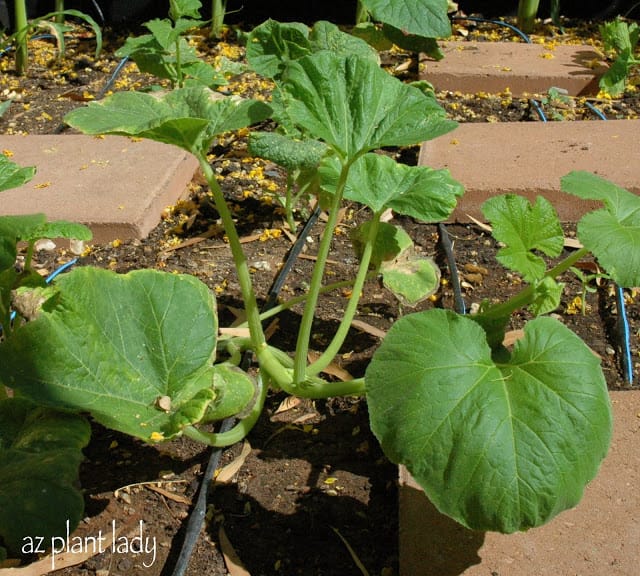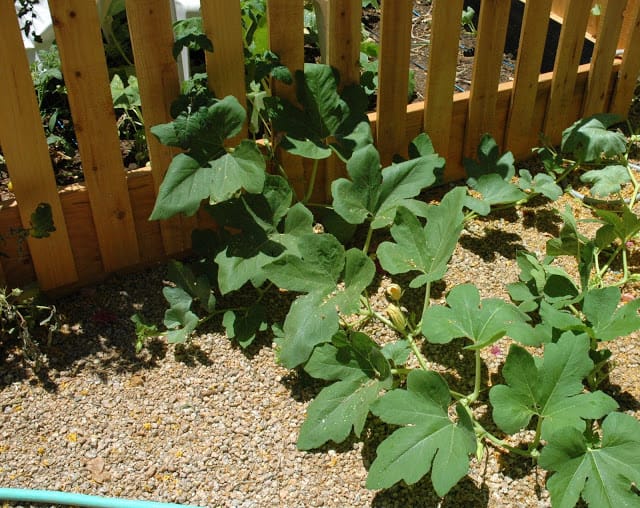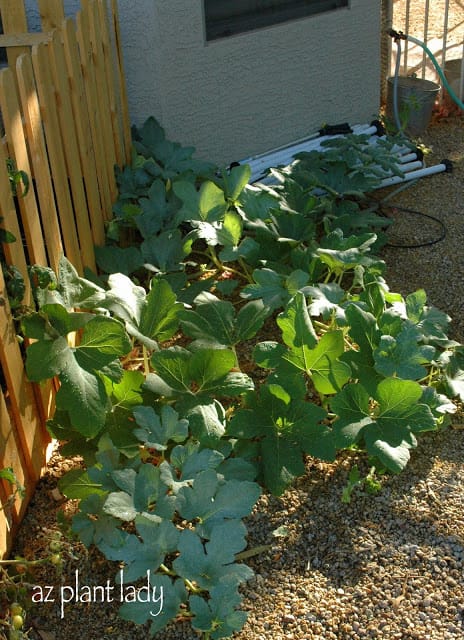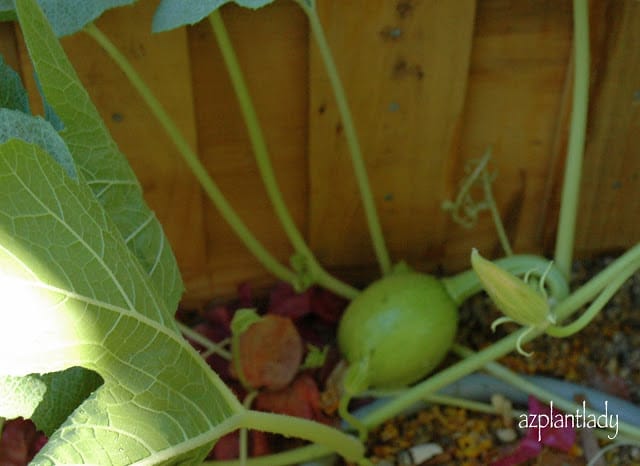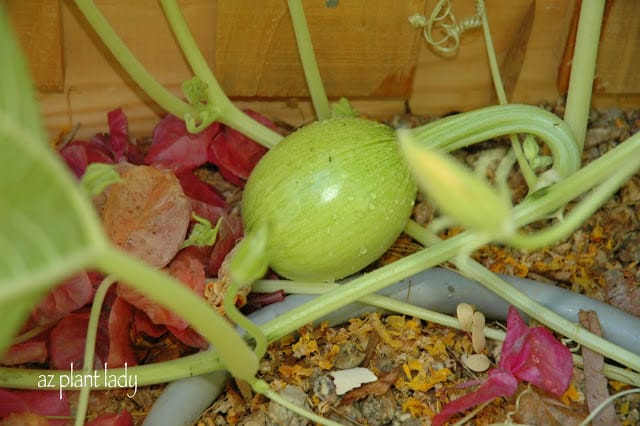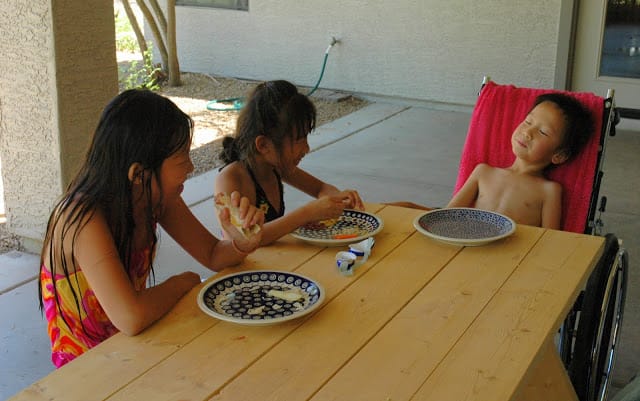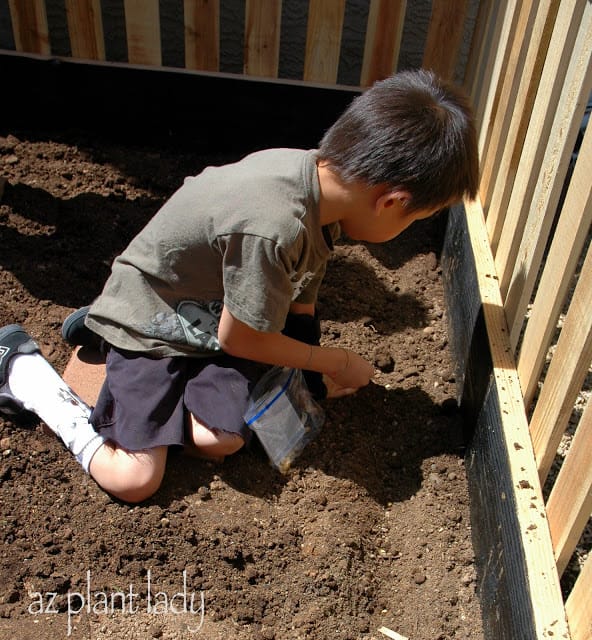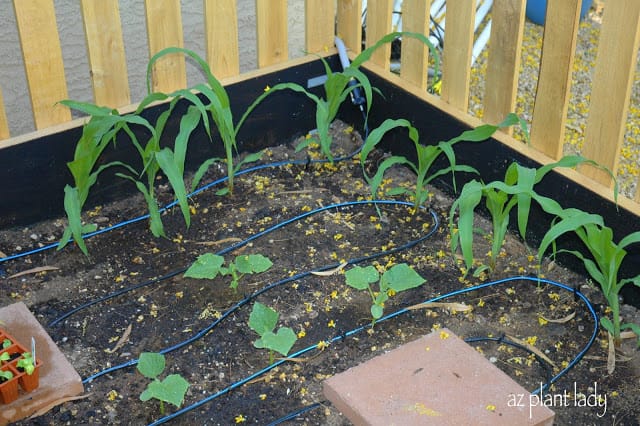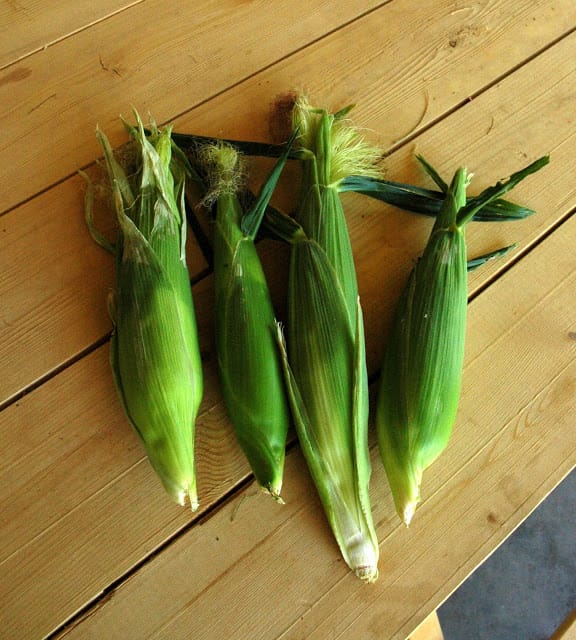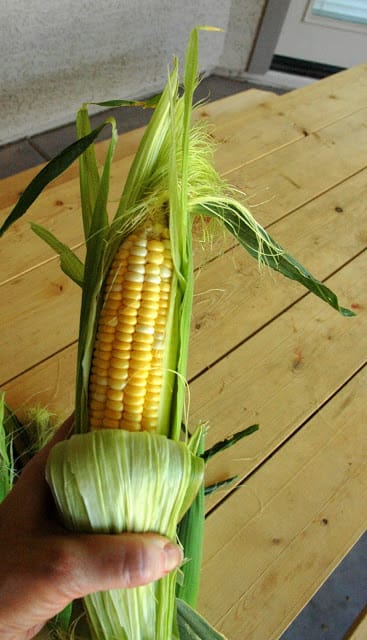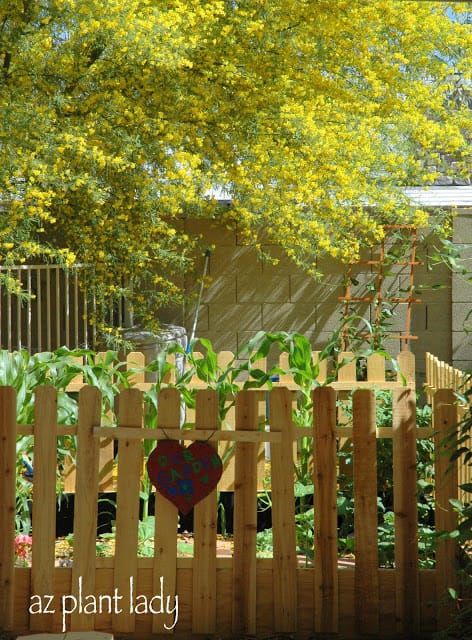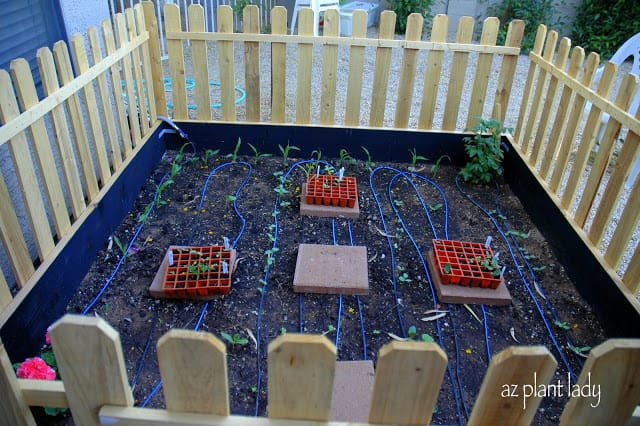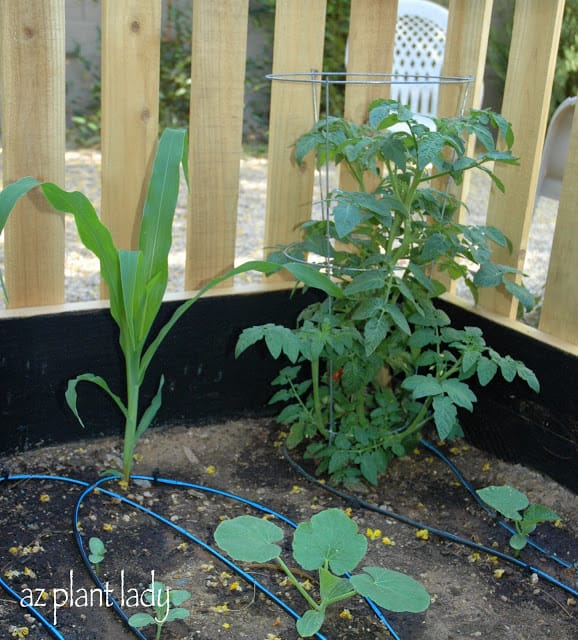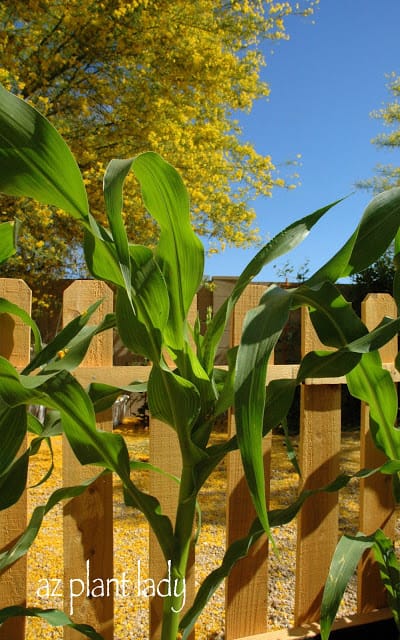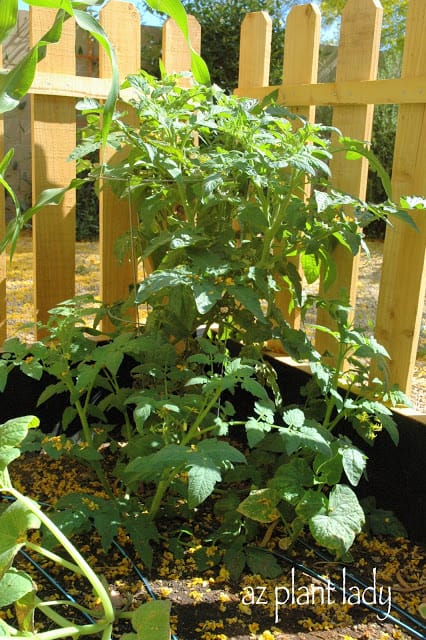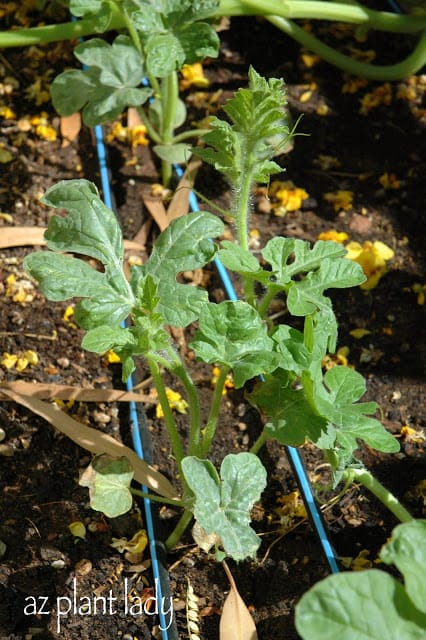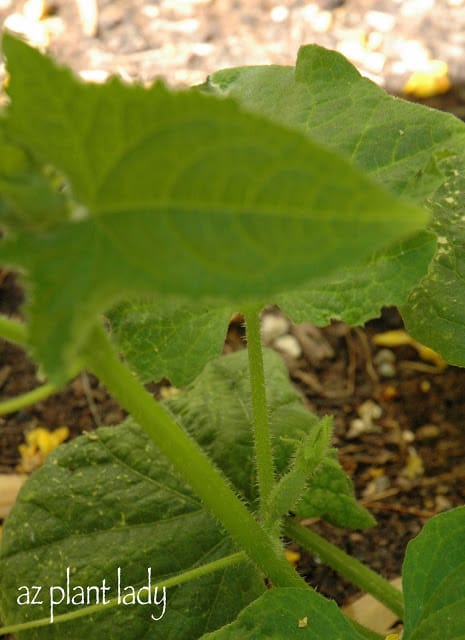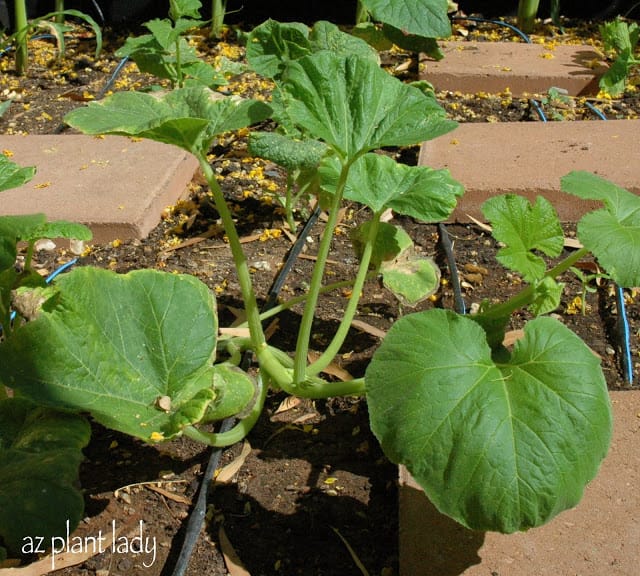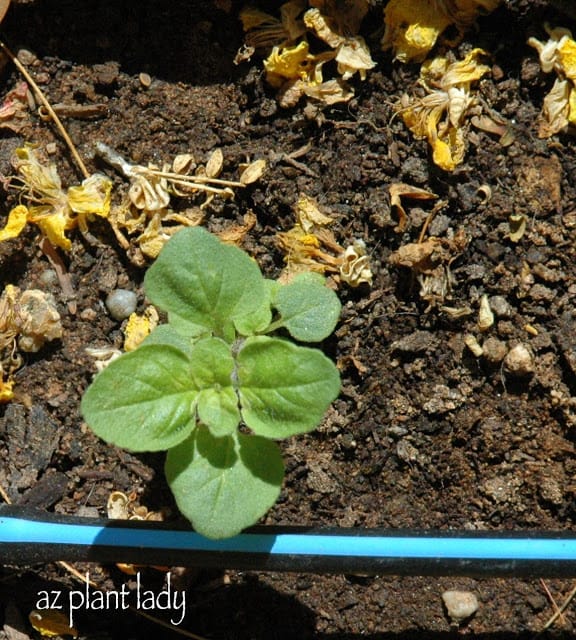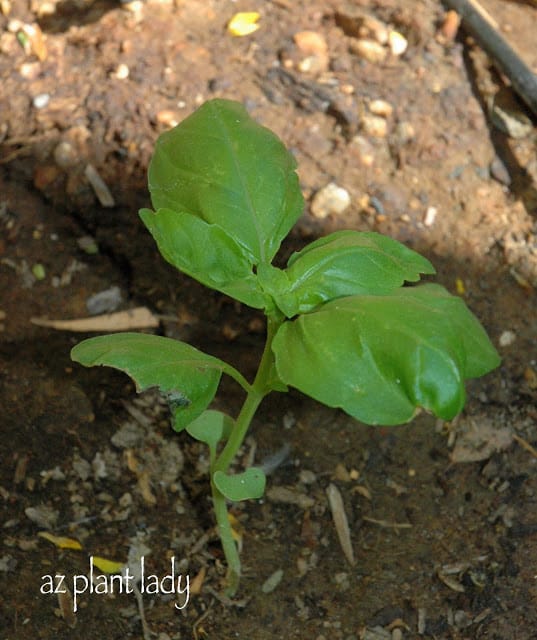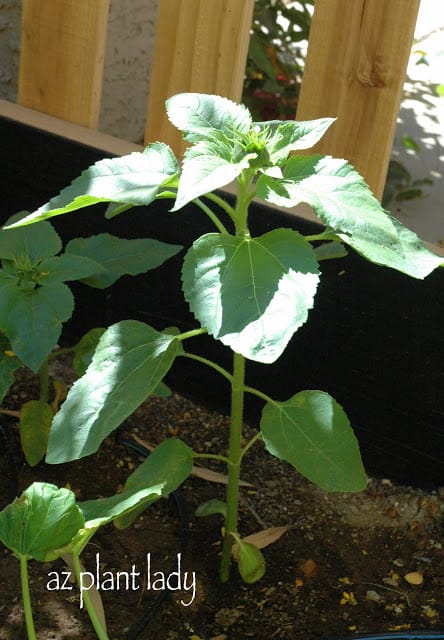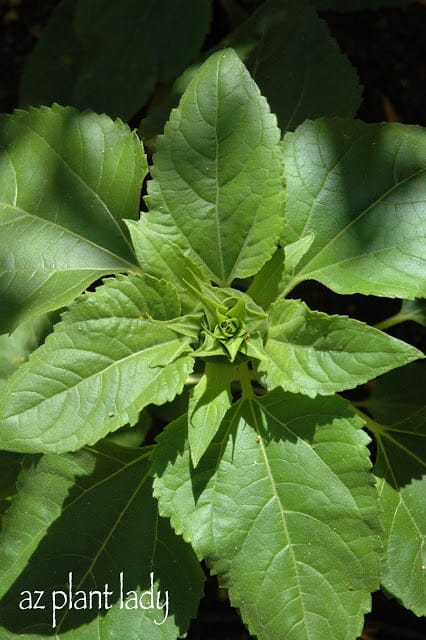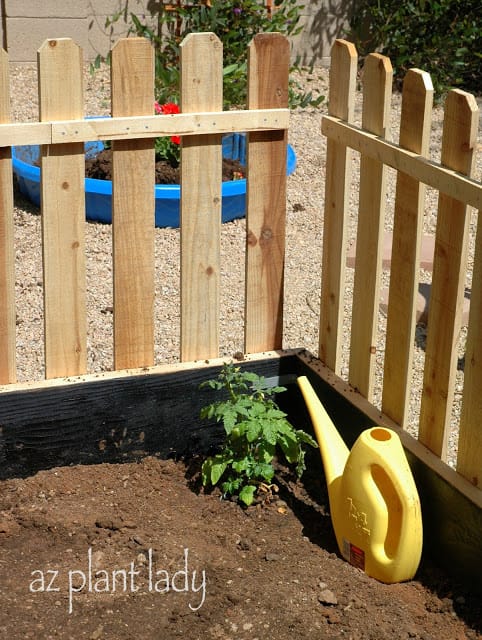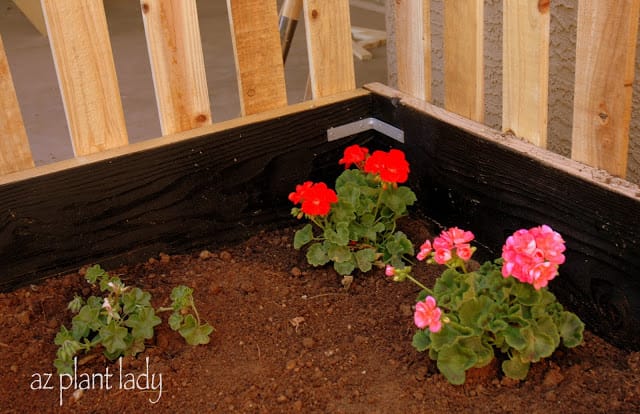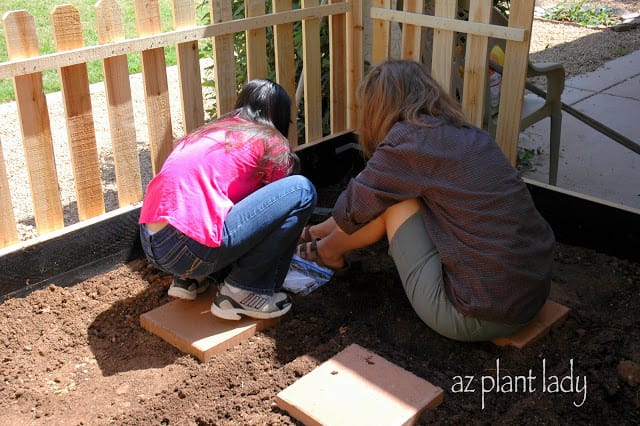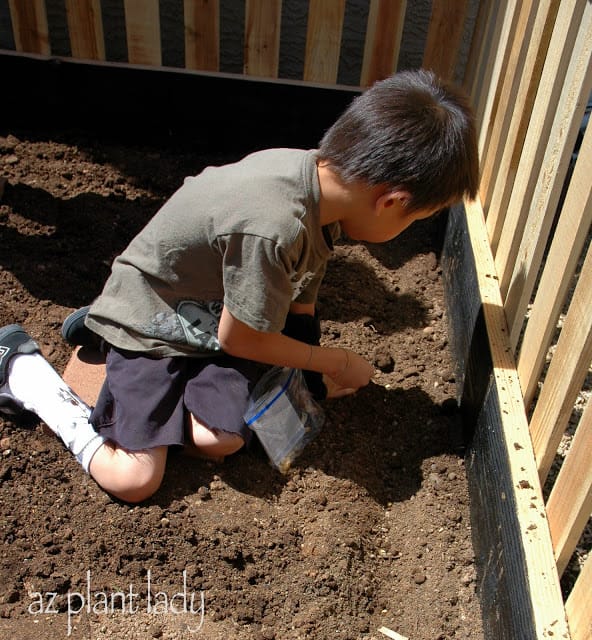One of the many things that I love about living in the desert southwest, is the ability to grow vegetables 12 months of the year. Now I have mentioned before that I grew vegetables during college as part of required classwork out in a field owned by the school. I have instructed clients how to grow vegetables and have planted vegetable garden for others. But I had never grown vegetables in my own garden. I had not experienced the excitement and wonder of checking the garden each day to see my plants growing bit by bit, see the flowers form and leaves grow and culminate in vegetables ready for harvesting. I did not know how much better vegetables taste when they are from your own garden.
And so, I had not experienced any of this…..sad isn’t it?
Well, early last spring we decided to plant a vegetable garden. The kids were so excited, but I must admit that I was even more so. My husband, always supportive of my gardening endeavors, was not quite as excited as I was, but was more then willing to do a lot of the grunt work.
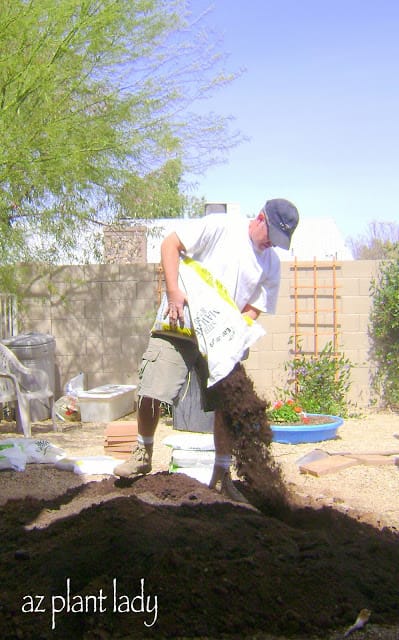
I’ve said it before and I will say it again, any woman whose husband shovels manure for his wife, is blessed!
I won’t go into more detail about our spring/summer garden because I have written about it before and I don’t want to bore those of you who have already read it 😉 But for those of you who have not seen it, you can read about our early adventures in the vegetable garden here.
Once September came, I was eager to plant winter vegetables. Visions of broccoli, carrots, lettuce and cauliflower filled my head. Before we planted our seeds, we added additional bagged compost and aged steer manure -both available at our local big box store.
Then it was time for planting. Now a common problem for many gardeners, including me, is that my eyes are bigger then my gardening space. So, I had to cut my list of desired vegetables to the following: broccoli, spinach, carrots, romaine lettuce, garlic, basil and bunching onions.
My daughter Ruthie and I planted the seeds and then eagerly waited to see tiny green leaves break through the surface. They did within a few days and then the unexpected happened….birds got to them. So we began again and spread bird netting on the top, which thankfully worked.
My tiny vegetable plants were growing beautifully, but they faced another hurdle. I was leaving for two weeks on vacation and my 18 year old daughter was staying at home and therefore responsible to take care of my garden, including watering my vegetables. Now those of you who are gardeners understand my trepidation. House-sitters are not always super reliable when it comes to caring for your garden. Couple that with the fact that my daughter has not shown any inclination towards gardening….at least not yet. Between college, church and her job, she has little spare time. I was worried that she my not take her watering responsibilities seriously. I might have mentioned to her ahead of time that you can always tell if a vegetable garden has been watered correctly by the taste of the lettuce. If the leaves are bitter, then there were periods of dryness. I think that maybe made the difference, because when we returned from our vacation, my garden was absolutely thriving.
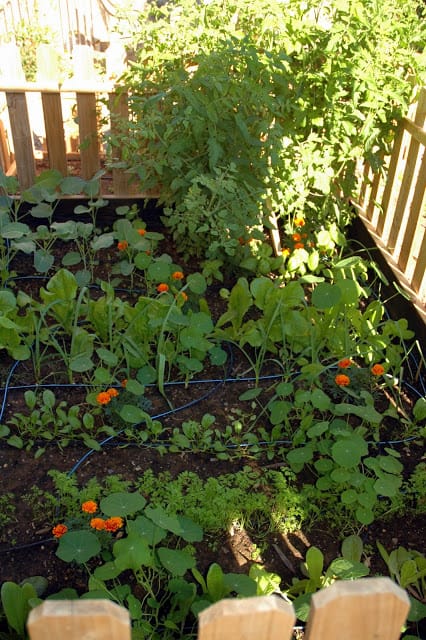
I was so thankful for how wonderfully my daughter cared for my garden. The one thing in the garden that really surprised me was how tall my tomato plants had grown….they were over 4 ft. tall.
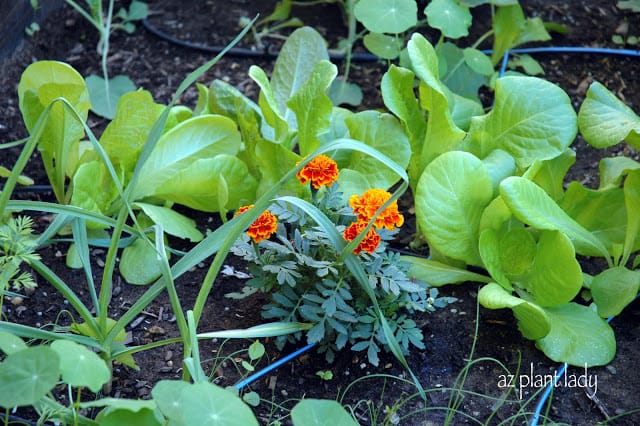
I had planted Marigolds throughout the garden to help ward off any undesirable bugs and so far they are working – doesn’t my lettuce look beautiful?. I also planted some Nasturtiums for the same reason as well. I am fast becoming a firm believer in companion planting.

I love carrots and will thin them soon once they grow a little larger.
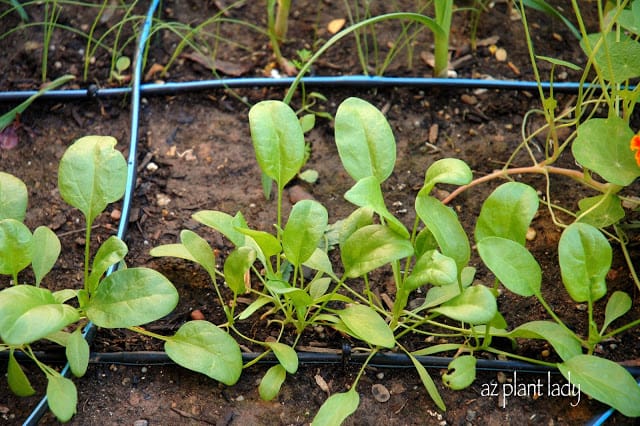
I do not like cooked spinach. But I love putting baby spinach leaves in my salads. It is hard to not to grab some and eat them when I am out in the garden…..I just know that I will succumb to temptation soon 🙂
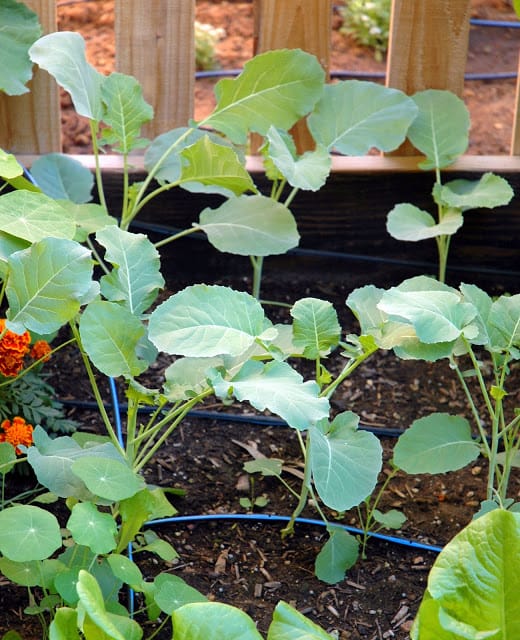
My broccoli is coming up too. They may be too close, but I will wait and see for sure before I pull any out.
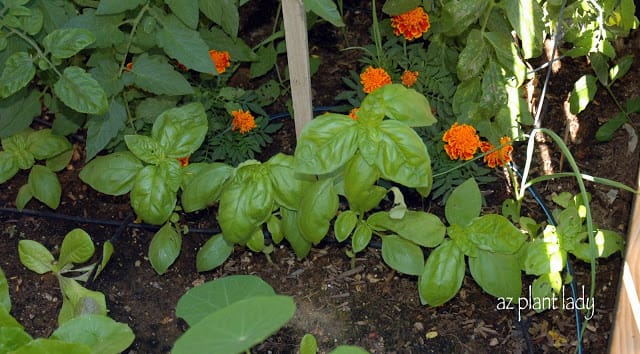
My basil is growing in front of my tomato plants. Whenever I look at the two together, it makes me want to go and make marinara sauce.

In front of my lettuce is bunching onions (scallions) and the taller one is garlic. Did you know that you plant garlic from garlic cloves? You can even plant cloves or garlic you buy at the grocery store. My kids thought that was so cool.
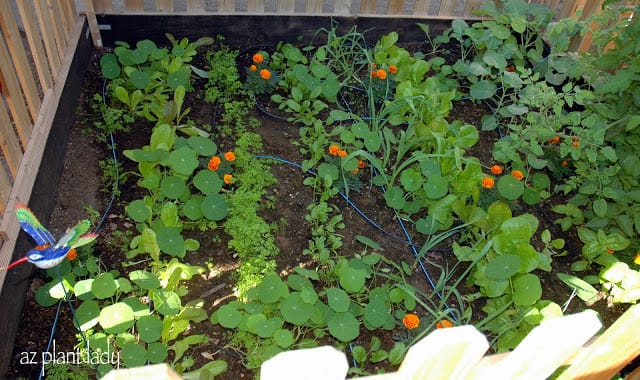
As hard as I try to have straight, neat rows of vegetables, I always fail. But, that is really not the point is it? Vegetables respond to fertile soil, sun and water….not whether or not they are perfectly straight 🙂
It may seem like the rows are too close together….I did follow the instructions of the seed packets, but I can always pull something out if it gets too close. I would rather fit all I can in my vegetable garden then have large bare spots which contribute nothing to my table.
**I am somewhat proud to say that everything in my vegetable garden, with the exception of the tomatoes, marigolds and the garlic, were all grown from seed.** I personally have nothing against buying transplants at the nursery and growing them, but your options of picking out certain varieties of vegetables is limited and it does cost more. I recommend growing vegetables from seed and if some do not, then by all means….buy the transplants 🙂
*************************
Today, we are celebrating my daughter Gracie’s 9th birthday. She wanted to have her party at our local pizza restaurant where she and her friends can enjoy all of the games. I love the fact that I don’t have to have a sparkling clean house (I seldom do), I don’t have to prepare the food or clean-up afterward. I did make the cake, which is something I do love to do.
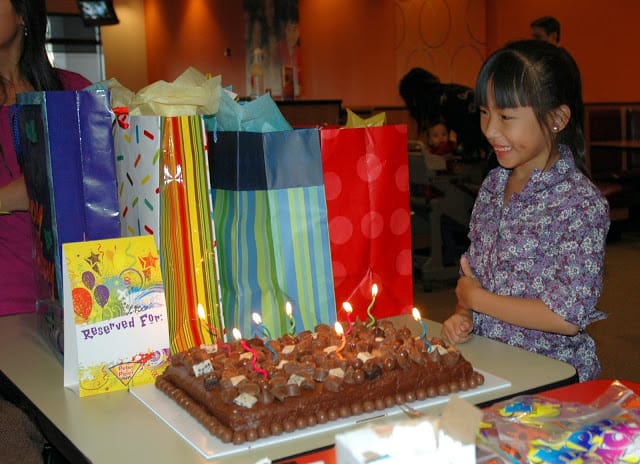
Happy 9th Birthday Gracie!






